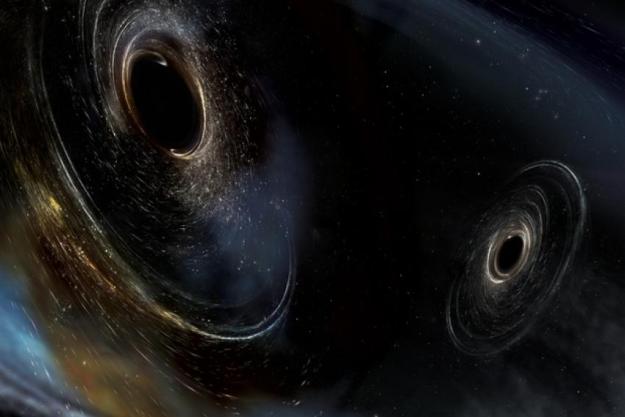Black holes generally come in two sizes: big and really big. As they are so dense, they are measured in terms of mass rather than size, and astronomers call these two groups of stellar mass black holes (as in, equivalent to the mass of the sun) and supermassive black holes. Why there are hardly any intermediate-mass black holes is an ongoing question in astronomy research, and the most massive stellar mass black holes known in our galaxy tend to be up to 20 times the mass of the sun. Recently, though, astronomers have discovered a much larger stellar mass black hole that weighs 33 times the mass of the sun.
Not only is this new discovery the most massive stellar black hole discovered in our galaxy to date but it is also surprisingly close to us. Located just 2,000 light-years away, it is one of the closest known black holes to Earth.
“No one was expecting to find a high-mass black hole lurking nearby, undetected so far,” said lead researcher Pasquale Panuzzo of the National Centre for Scientific Research (CNRS) at the Observatoire de Paris — PSL, France, in a statement. “This is the kind of discovery you make once in your research life.”

The monster black hole was discovered using data from Gaia, a space-based telescope that is collecting huge amounts of data to build a 3D map of the Milky Way. The astronomers were able to detect the black hole even though they could not see it directly because it is part of a binary pair, and it creates a wobbling motion in the orbit of its companion star.
To check their results, the team used more data from ground-based telescopes like the Very Large Telescope, which has a spectrograph instrument they used to study the companion star.
When two stars form a stellar binary, they tend to be made up of similar material. So by studying the composition of the companion star, the researchers could learn about what kind of star was present before it came to the end of its life and collapsed to become the black hole. They found that it is low in heavy elements, which astronomers refer to as metals, and it matches up with findings of other massive stellar black holes that have been detected in other galaxies.
Although the data from Gaia is traditionally released in large batches every few years, with the next data release set for 2025, the researchers chose to share this data early to give other groups the opportunity to study this massive and nearby black hole. The hope is that it could be studied in more depth by tools like the Very Large Telescope to learn more about whether the black hole is actively feeding on matter from its surroundings.
The research will be published in the journal Astronomy & Astrophysics.
Editors' Recommendations
- Stunning image shows the magnetic fields of our galaxy’s supermassive black hole
- James Webb snaps a stunning stellar nursery in a nearby satellite galaxy
- Astronomers discover how tiny dwarf galaxies form ‘fossils’
- This peculiar galaxy has two supermassive black holes at its heart
- James Webb captures a gorgeous stellar nursery in nearby dwarf galaxy



